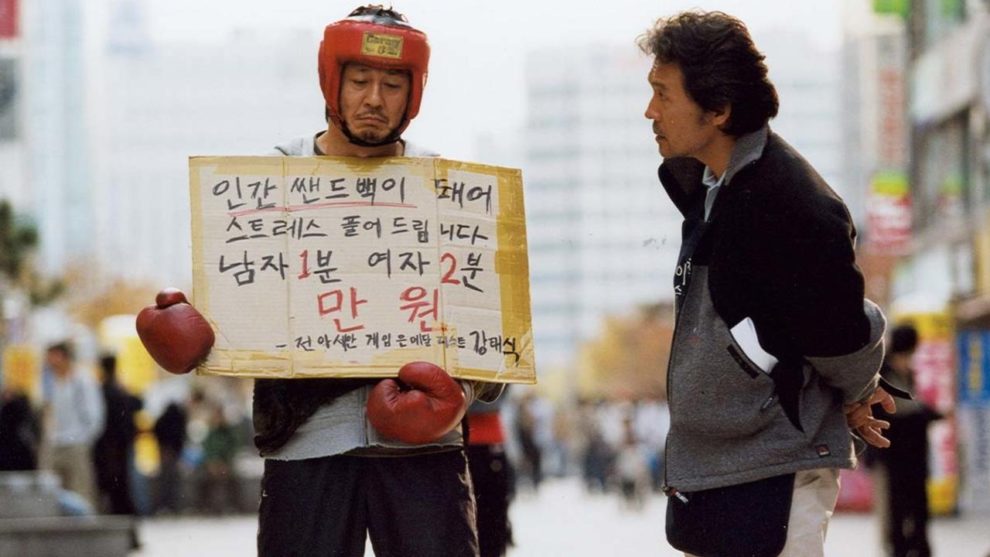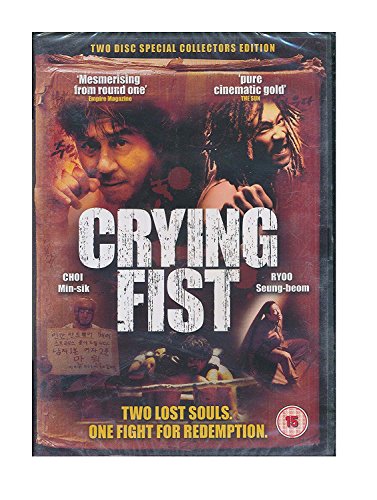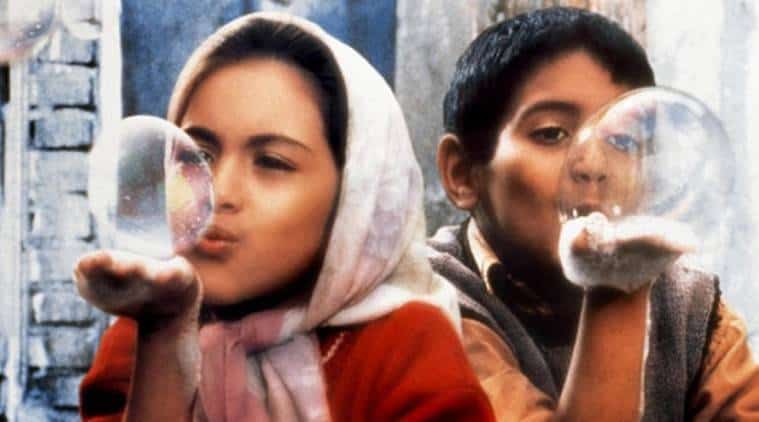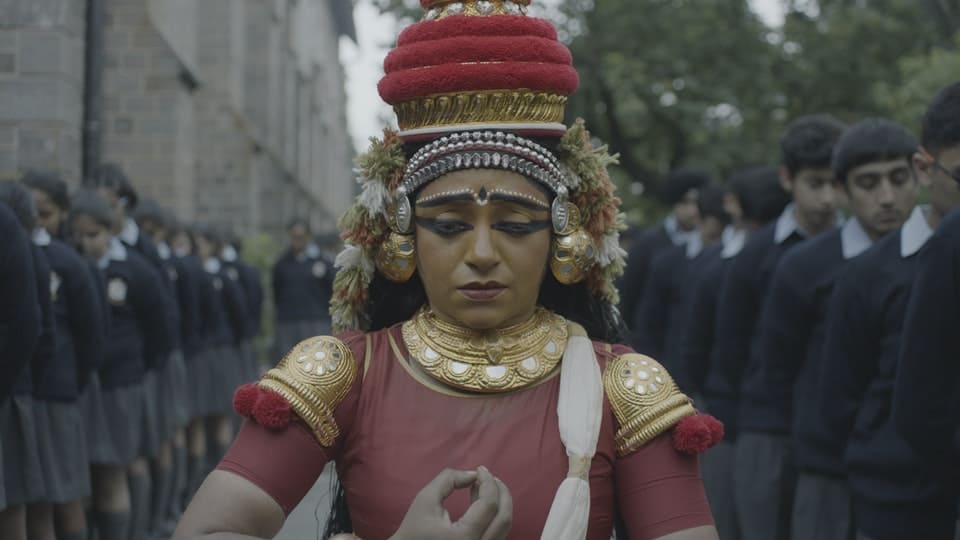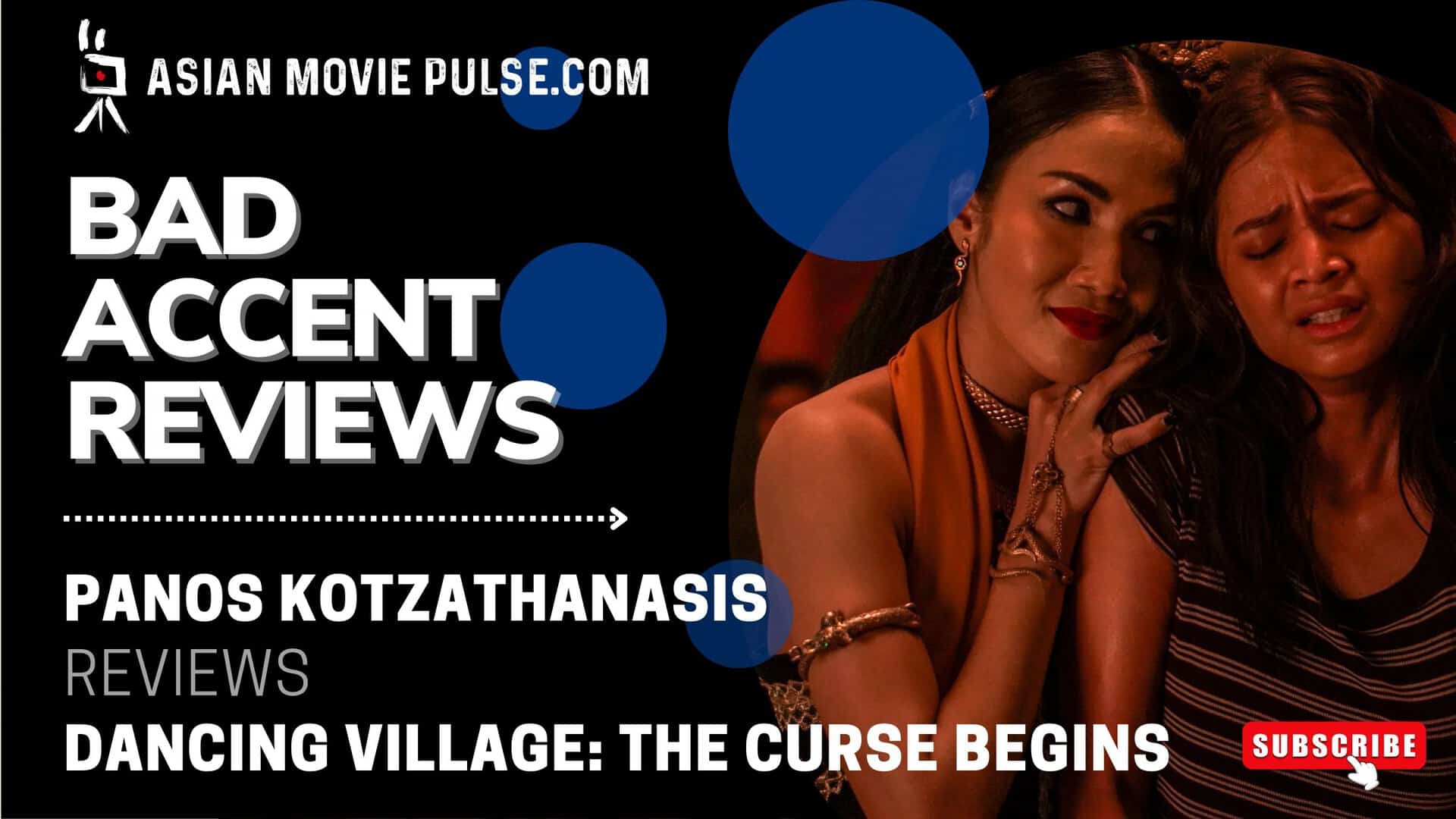While not the first Korean film about boxing, director Ryoo Seung-wan would make the definitive Korean production on the sport in 2005 with his fifth film “Crying Fist”, with a story that takes the much familiar sports drama and puts a unique, fresh spin to it that is yet to be replicated as successfully till date.
Buy This Title
“Crying Fist” follows two parallel storylines. The first one is of Kang Tae-shik, a silver medallist boxer in the past who has, since winning at the Asian Games, not been able to keep a steady job and is down on his luck. His wife decides to separate, taking his son with him, leaving Tae-shik homeless and having to crash in a dingy shed. Money is scarce to come by and his friend who has borrowed a large sum refuses to pay and thus, Tae-shik bites down on his ego and decides to busk in the streets, offering himself up as a human sandbag for sad, lonely and depressed individuals to vent their frustrations out on. When he sees an advert on the streets for a super lightweight competition, the 42-year-old man sees in it a chance to regain some of that lost pride and have a shot at not only the prize money but also at redeeming himself in his own and his family's eyes, his one last hurrah, as it were.
Alternatively, we are also introduced to the heavily dreadlocked Yoo Sang-hwan, the definition of a delinquent youth who can't seem to keep himself out of trouble. His father and doting grandmother are usually the ones stuck with the bill of either medical expenses or bail bond every time he gets in trouble. When the need for urgent cash arises, Sang-hwan unsuccessfully tries to rob a man, who dies of a heart attack during the robbery. Sentenced to five years imprisonment, it is in jail that a caring warden introduces him to boxing as means to focus his excess energy and to instil discipline in him. When Sang-hwan too hears about the competition, he sees it as a way to pay back his sick grandmother and for once, to do something right for himself.
Boxing easily has to be the most represented sport in cinema and South Korea too has its fair share of stories set within the world of boxing. But what sets “Crying Fist” apart from any other such underdog story is that it puts the audience in both corners of the ring, giving us two wholly different stories and both fighters in a match to sympathise with and root for. This is particularly interesting, and a big strength of the writing by Ryoo Seung-wan and Jeon Cheol-hong, because when the narrative starts, both men come across quite unpleasant and unlikeable. However, by the time the two finally come across each other, you can't help but want the fight to end in a draw and for both the characters get their due redemption.
Redemption, in fact, plays a big part in both the characters' storylines and both, knowingly or unknowingly, strive for it. For Kang Tae-shik, it's from a lifetime of failures and disappointing his family whereas for Yoo Sang-hwan, it's not only in his own eyes that he wants to prove himself but also to his grandmother and younger brother, who have loved him no matter what. Such elements make the feature an excellent human story first and foremost, one of personal growth, of losers and winners, fathers and sons, but that is not to say that it lacks in the boxing department either. While it may not be as frequent as one may expect, when it does come in, it makes the wait more than worthwhile.
All the tropes we know, love and expect from boxing movies are present here; the training in particular is among the finest on the east side of the world. The fight choreography is such that though it may be rehearsed, it has a very authentic look to it. For Sang-hwan, he is not a professional boxer, having picked up the sport mere months ago. You can see this easily in the way he fights his gym mates early on and see his skill develop as he practises more, with the end result reminiscent of something you'd see from a rookie. In Tae-shik's case, he's a has-been and his style reflects that; he may look the business while busking with the common public, but his age and health related issues are laid bare when fighting in the ring. The fact that neither Choi Min-sik or Ryoo Seung-bum have used stunt doubles for any scenes is only testament to both their skills and commitment to their respective roles.
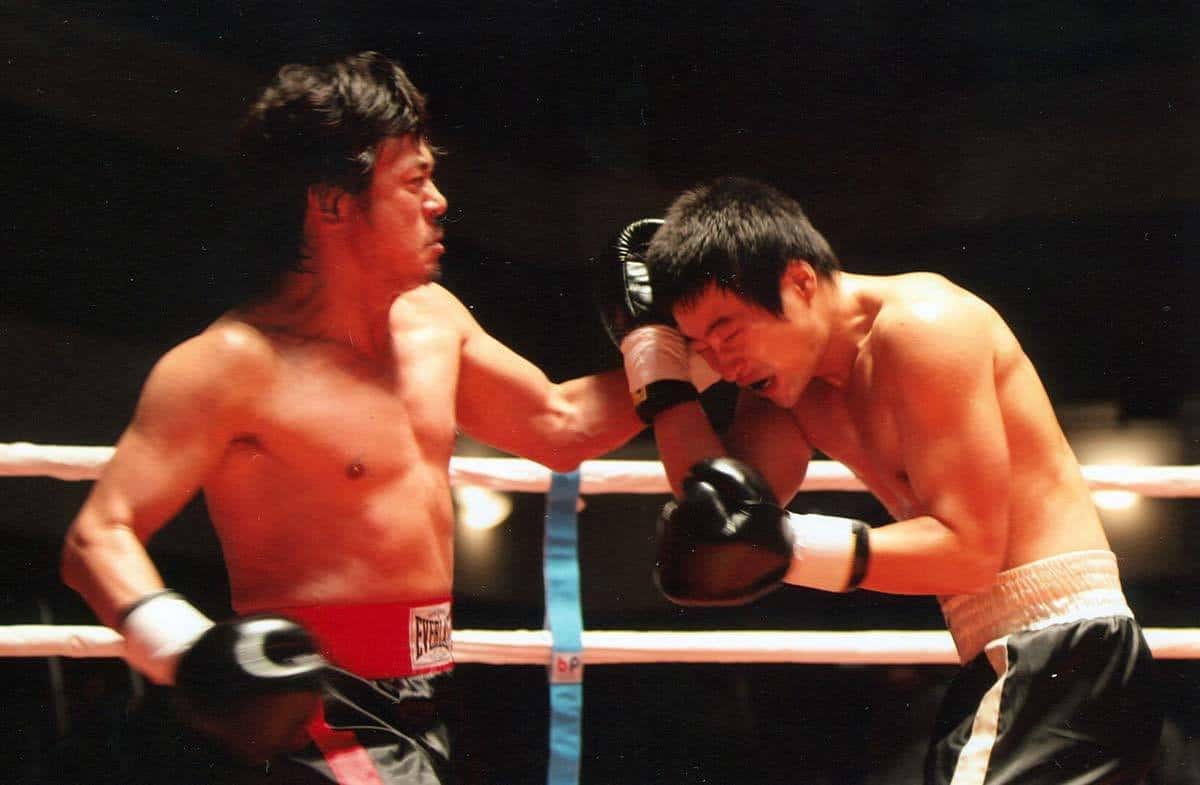
In these two actors lies the production's true power. If the audience's opinions change for these characters as their tales progress, it is down to the powerful performances that both Choi Min-sik as Tae-shik and Ryoo Seung-bum as Sang-hwan give. We're all too familiar with the immense dramatic range that Choi possesses and once again, he brings the big guns out to play. His scenes with his son provide the emotional core of his tale, while he also retains a playfulness about the character, as evidenced when he calls a little boy off the streets to tie his shoelaces, giving the impression that the boxer is but a big softie at heart. Ryoo Seung-bum, who had till that point featured in all of his brother's films, is a big surprise, showing so much variations in his performance. We see a lot of his angry outbursts but there's a different sentimental side to him too, visible in the breakdown he has in the hospital or in the very last scene. Of the supporting characters, veteran actress Na Moon-hee, who won accolades for her performance here, registers the most impact as the grandmother, while it is always refreshing to see Oh Dal-su in any bit-part he plays, here being the gangster ex-teammate of Tae-shik.
In terms of its cinematography, Jo Yong-gyu's work on “Crying Fist” is a bit of a puzzle. The colours are muted, with a very low brightness, making for a dull-looking image. Whether this is an artistic choice or an issue with the home media transfer is a question that someone who's seen the feature in its theatrical run would be able to answer. But none of this takes away from the impact that the fight sequences have, particularly this one round in the final fight between the two, that is shot entirely as one cut. Some may remember a similar scene in the 2015 American film “Creed”, but Ryoo Seung-wan did it ten years earlier. The camera moves from one character to the other, going around and in between the two seamlessly, making the audience feel each punch that the two actors throw at each other along with the exhaustion that is slowly creeping up on the two. For the other fights, the editing is seamless, which is also true for the entire duration of the feature. Juggling two storylines can be a tough task for an editor, but Nam Na-yeong spends sufficient time with both, helping warm the characters to the audience. Special mention also goes to Bang Jun-seok's unique music, which doesn't often follow traditional norms of the genre and is better for it, making the training montage and the final fight particularly rousing.
As the feature reaches its big, fully satisfying payoff in the end, which makes perfect sense the more you mull over it, one can't help but think that “Crying Fist” is, for all intents and purpose, a modern masterpiece not just of the sport film genre, but of Korean cinema in general. Many years and countless boxing films later, it is yet to find a deserving successor. Many have tried, but very few (if any) have managed to even get within a few country miles near it.


